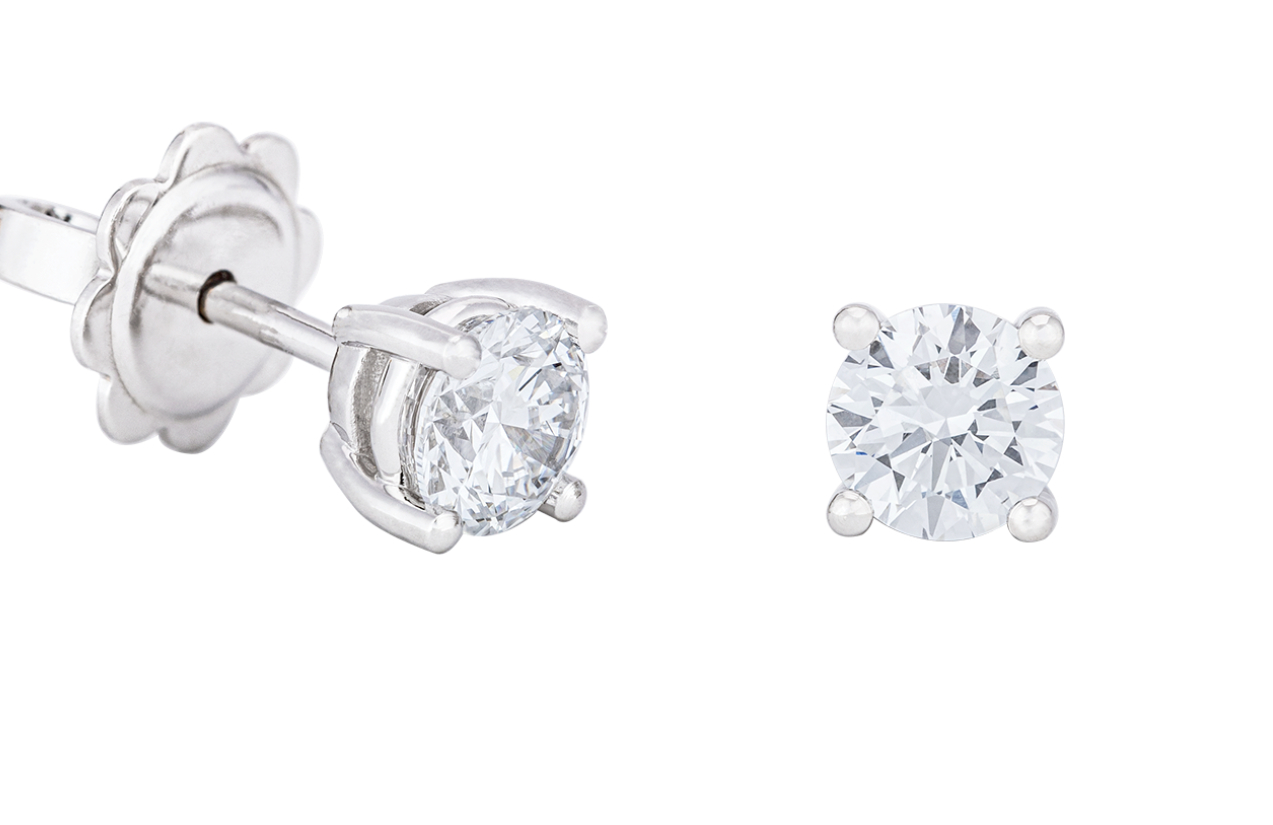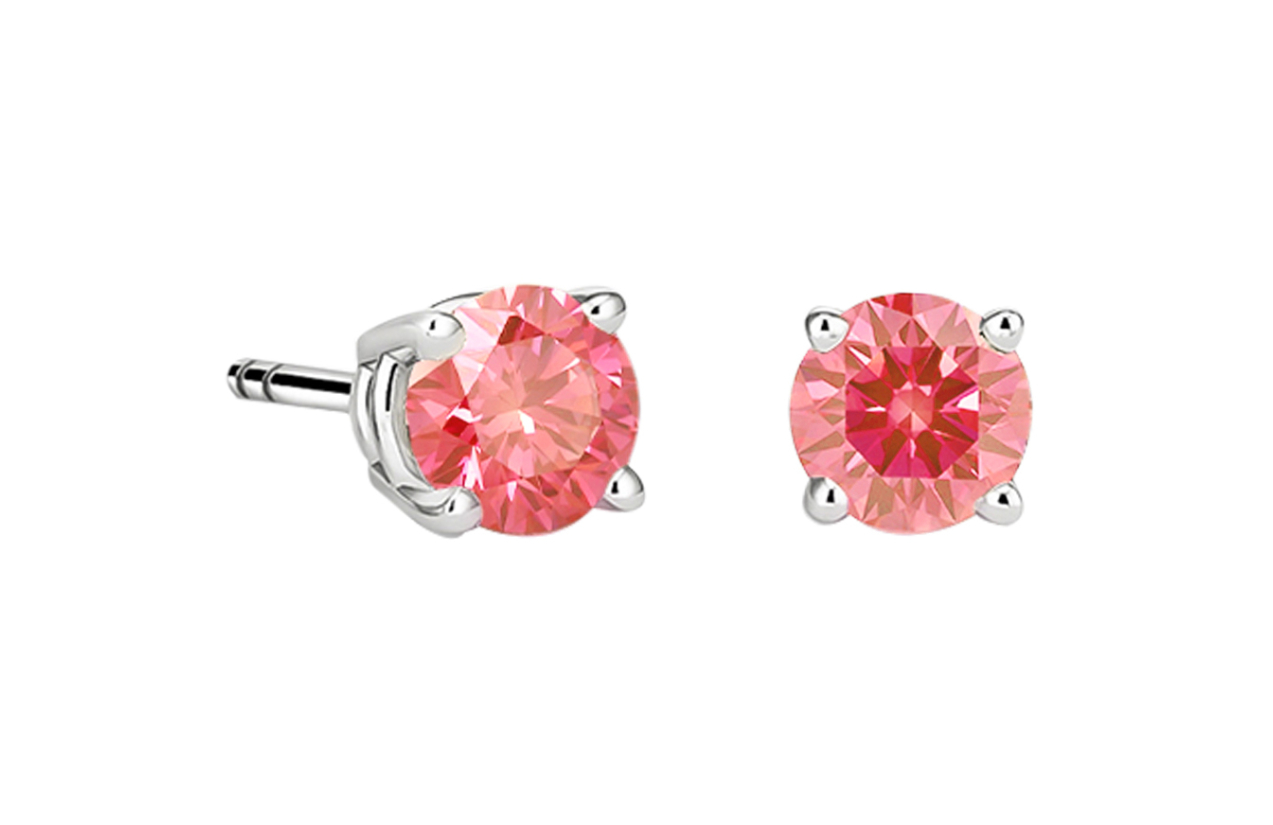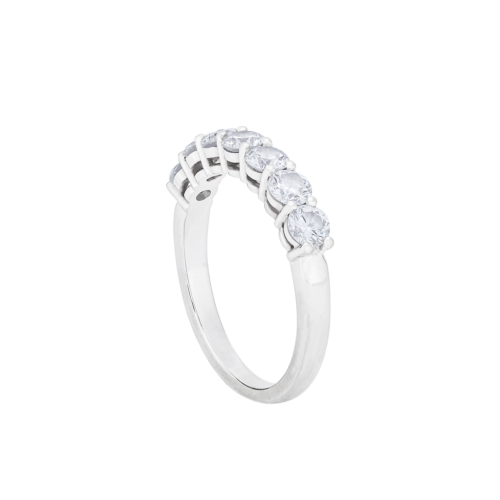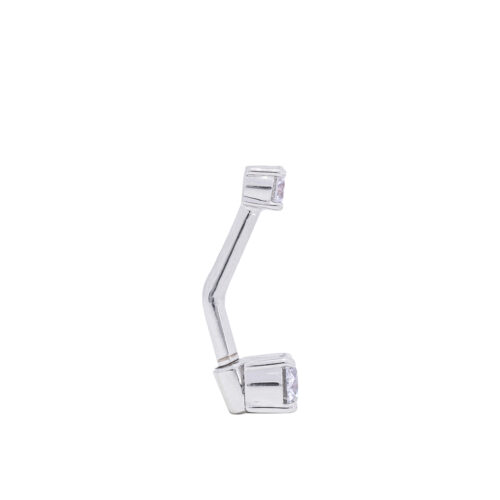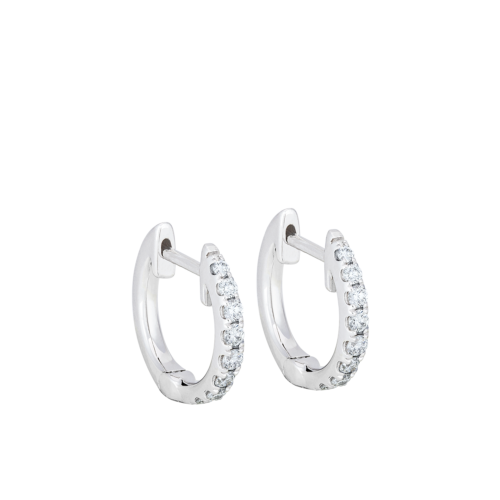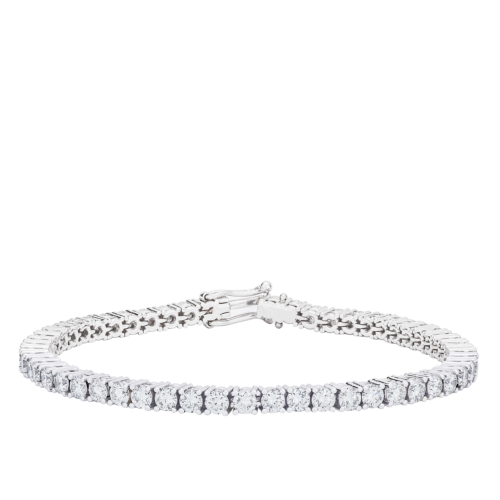Learn about lab created diamonds
What are lab-grown diamonds?
Lab-grown diamonds are chemically, optically, and physically identical to mined diamonds. They are more ethical, beautiful, and affordable than any diamond we can ever extract from the earth.
Earth’s natural process are replicated, crystallizing carbon in a modern lab environment into brilliant diamonds.
Their price is up to 40% lower and they do not have environmental or humanitarian issues.
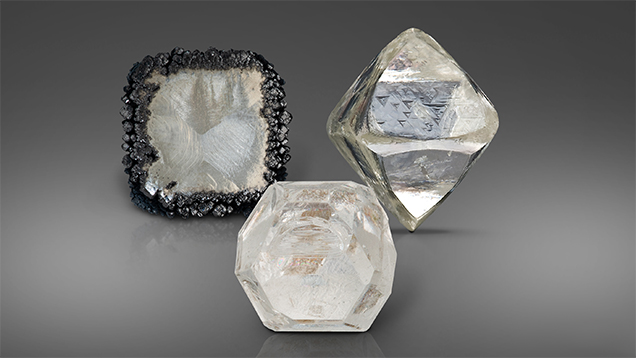
Laboratory-grown CVD rough diamond (left), laboratory-grown HPHT rough diamond (middle) and mined rough diamond (right). Photo: Robert & Orasa Weldon/GIA. (Octahedron) Sir Oppenheimer Student Collection, (HPHT) GIA Research Collection.
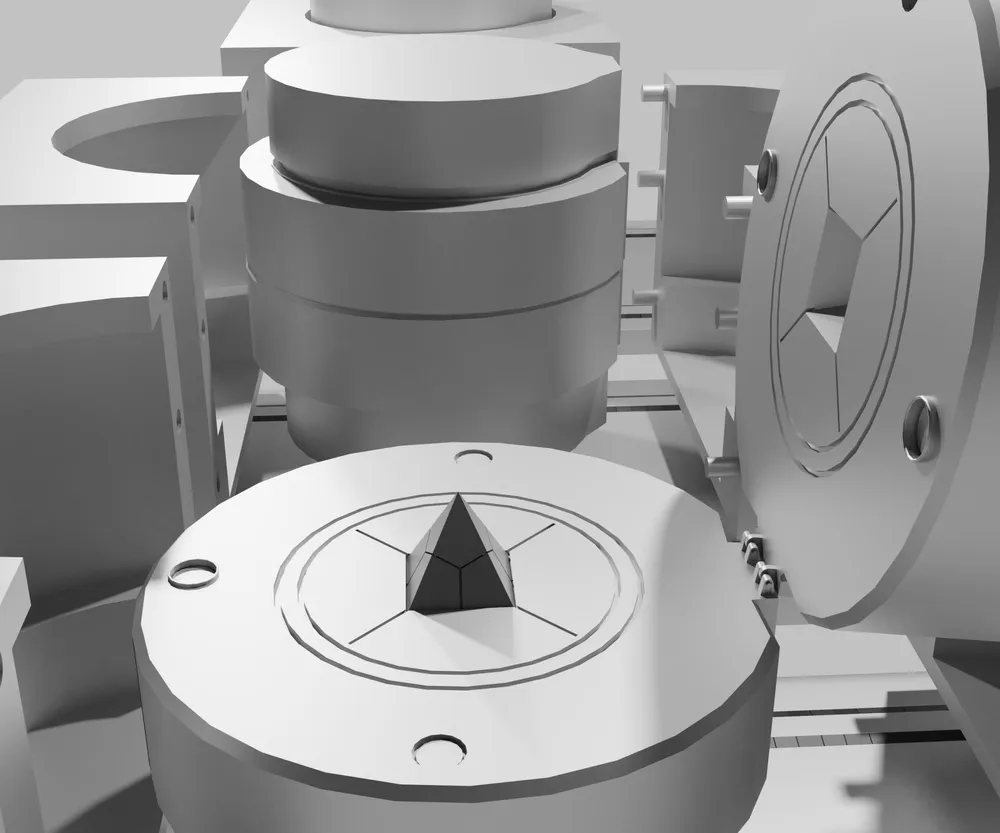
Are Lab Grown Diamonds Real?
Absolutely! Lab-grown diamonds are indeed genuine diamonds, identical in every aspect to earth-mined diamonds, except for the price. These should not be mistaken for cubic zirconia, moissanite, or other diamond substitutes, as lab-grown diamonds are 100% pure crystallized carbon.
Consider the analogy of producing ice in a modern freezer compared to obtaining it from a glacier – both are essentially frozen H2O, irrespective of the source.
Carbon is transformed into breathtaking rough diamonds which are subsequently cut, polished, and graded in the same manner as earth-mined diamonds. Lab-grown diamonds possess the same optical, physical, and chemical characteristics, including identical refractive index, dispersion, and hardness.
These diamonds are graded according to the same standards as mined diamonds by leading independent gemological institutes like the IGI.
What is the Cost of Lab Craeted Diamonds?
On average, lab-created diamonds, such as those from Eclat Jewelry, are priced 40-50% lower than their earth-mined counterparts of equivalent quality. Just like mined diamonds, the prices fluctuate based on the diamond’s 4Cs – cut, clarity, color, and carat.
The cost difference stems from our significantly shorter supply chain. Earth-mined diamonds can traverse five countries and pass through 20 different intermediaries before reaching the end consumer. In contrast, EJ’s lab-created diamonds move directly from our labs to our casting house, and then to you.
To illustrate, a 1.0ct Round Cut Lab-Grown Diamond, with a D/VS1 grade, is priced approximately at 2250 €, while a comparable mined diamond might cost around 4500 € or more. By opting for lab-grown diamonds, you can afford an engagement, wedding, and honeymoon without accumulating debt as you start your life together. That’s the ideal scenario!
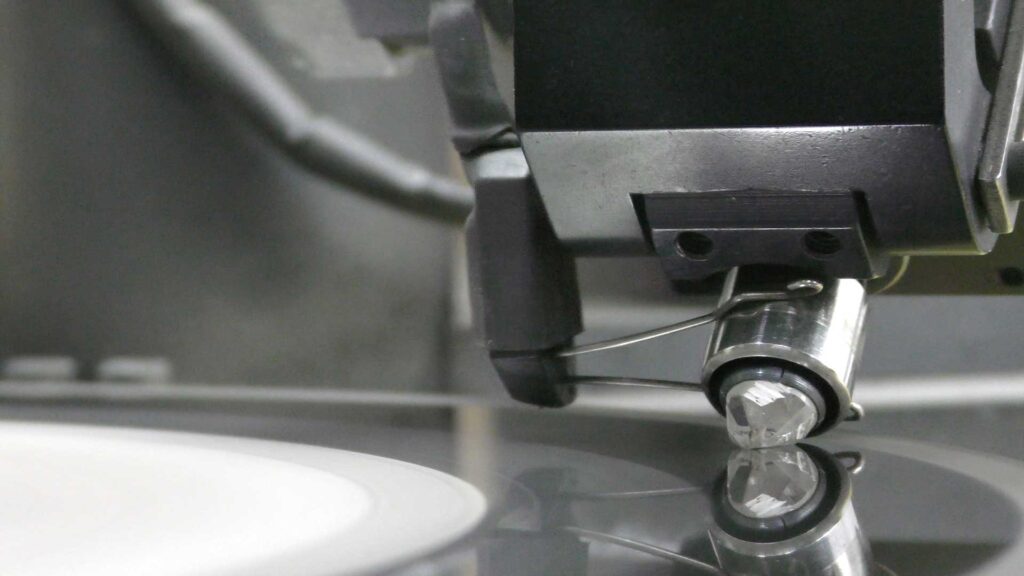
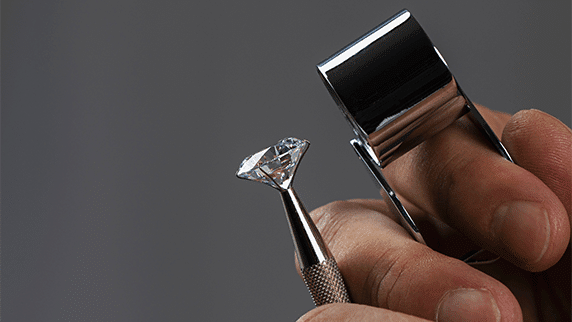
How are Lab Diamonds Created?
Lab-grown diamonds are produced via one of two methods – High-Pressure High-Temperature (HPHT) or Chemical Vapor Deposition (CVD). Most of Eclat Jewelry’s diamonds are crafted using the HPHT method.
High-Pressure High-Temperature (HPHT)
HPHT method recreates the natural diamond formation conditions deep within the earth. Various types of HPHT technologies exist, but the BARS press method is most effective for producing gem-quality lab-grown diamonds for jewelry.
In this method, a combination of inner and outer anvils applies hydraulic pressure to the growth cell within the apparatus. This growth cell contains everything needed for diamond growth, including a minuscule diamond seed, highly refined graphite, and a catalyst made of a mixture of metals and powders.
Maintaining temperatures of 1,300 degrees Celsius and applying over 50,000 atmospheres of pressure to the growth cell causes the elements within the cell to melt and then reform during the cooling process. This forms rough, lab-grown diamonds that are ready to be extracted, cut, and polished by the same renowned labs that certify earth-mined diamonds.
Do All Lab-Grown Diamonds Look Alike?
No, they don’t. It’s a common misconception that labs can manipulate the process to consistently produce diamonds of a specific grade and carat size.
In reality, while labs can create the right conditions, the course of nature ultimately determines the final product. Similar to earth-mined diamonds, lab-grown diamonds also exhibit variances in color, clarity, and carat size.
Are lab-grown Diamonds certified?
All Eclat Jewelry’s lab created diamonds over 0.5ct are graded the same way earth-mined diamonds are, and
come with a grading certificate from the International Gemological Institute (IGI)

What Are the Environmental Benefits of Lab Diamonds?
Unlike earth-mined diamonds, lab-grown diamonds are created without causing detrimental harm to local communities, societies, or the environment.
As per the 2014 Frost & Sullivan report, “lab-grown diamonds are seven times less environmentally impactful than mined diamonds, utilize significantly fewer resources, and generate only a fraction of the air pollution.”

Are Lab-grown Diamonds Fake?
Several methods can distinguish a counterfeit diamond from an authentic one. Interestingly, the definition of a ‘real’ diamond is not determined by its origin (earth-mined vs lab-grown), but by its inherent properties.
Lab-grown diamonds, created by mimicking the earth’s natural process, will pass a diamond tester due to their identical characteristics to earth-mined diamonds.
Do Lab Created Diamonds Test Positive on a Diamond Tester?
Yes, these are real diamonds, which are pure crystallized carbon. Lab created diamonds will pass
all tests used to confirm a pure carbon diamond.
What Diamond Colors are Available?
White
The most common diamonds are white diamonds and are graded on the lack of color present.
White lab created diamonds are 40-50% less expensive than their earth-mined equivalents.
Yellow
Both mined and lab diamonds get their yellow color from nitrogen. Once light enters the
diamond, the nitrogen will reflect back yellow light. Yellow lab created diamonds cost up to
75% less than their earth-mined equivalents.
Blue
Coming in colors ranging from fancy light blue to fancy intense blue, both mined and lab grown
blue diamonds get their color from boron. Blue Lab Grown Diamonds cost up to 90% less than
their earth-mined equivalents.
Pink
Earth-mined pink diamonds are the most rare color available and also the most expensive. Pink
lab created diamonds cost up to 95% less than their earth-mined equivalents.
